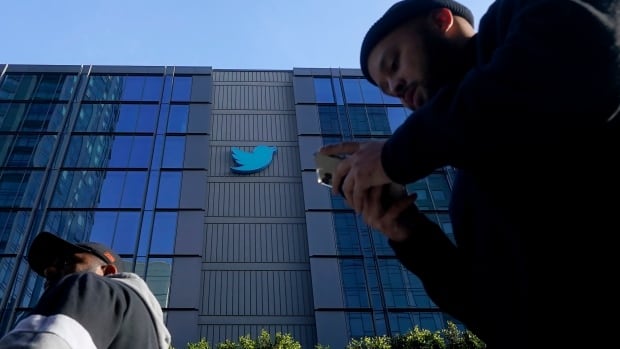
Elon Musk showed up to his first day as the new owner of Twitter holding a sink. Barely three weeks later, the more apt analogy might have been a toilet, as the company has flushed away a good chunk of its user base and the majority of its staff, leaving the very pipes that underpin the company’s IT infrastructure in danger of collapse, and Musk’s $44 billion investment circling the drain.
After firing approximately half the company’s staff last week, Musk gave remaining workers an ultimatum that expired on Friday, asking them to agree to work “long hours at high intensity” and be “extremely hardcore” about their careers at the company.
The email asked staff to click “yes” if they wanted to stick around. Those who did not respond by 5 p.m. ET on Thursday would be considered to have quit and would receive a severance package, the email said.
Hundreds of Twitter staff reportedly did not agree to those terms. A previous Musk ultimatum required that all staff work full time in a Twitter office once again, and the company announced on Thursday that all of its offices would be closed through the weekend until Musk could personally sort things out.
Musk emailed remaining Twitter staff on Friday asking that any employees who write software code report to the 10th floor of Twitter’s office in San Francisco that afternoon.
In a follow-up email, the billionare said, “I would appreciate it if you could fly to SF to be present in person.” He said he would be at Twitter’s San Francisco headquarters until midnight and would return Saturday morning.
Site infrastructure could collapse
Some experts say the deluge of staff leaving could be enough to cause the IT infrastructure of the company to collapse, at least temporarily.
“If it does break, there is no one left to fix things in many areas,” said a source at Twitter who requested anonymity.
“We can see outages across the board,” technology analyst Daniel Ives with Wedbush Securities said Friday. “There’s skeleton staff right now left and I think that’s pretty scary, especially around the cybersecurity side.”
“You start to lose some key engineers, developers, key people internally, I think that’s where this thing can really cascade,” Ives said.
He noted it could “really become a free for all” in terms of how it plays out.
Cybersecurity analyst Ritesh Kotak discusses the possibility that mass departures of staff at Twitter could cause the service to completely shut down at least temporarily at some point soon.
Others say the service is unlikely to disappear, even temporarily.
“I don’t think it’s the end,” said Ritesh Kotak, a cybersecurity analyst, in an interview with CBC News. “But the platform is in turmoil, there’s no ifs ands or buts.”
Technology columnist Takara Small says she has noticed the site appears to be running with more lag, with delays and glitches in some usual functions.
“People are … saying, well if people have left and the app is still running, does it mean there was a lot of bloat?” she told CBC News in an interview Friday.
Though she said Twitter might “encounter technical issues, or glitches, and go down for a period of time before it comes back up,” Small said she’d be surprised if the service went down completely for any amount of time.
“It’s hard to say behind the scenes what has been impacted,” she said. “Without engineers, without the people behind the scenes to make sure it gets back online in a short amount of time as possible, we’re going to start to see little things … break without the talent to pull it all together.”
There has been some suggestion that ex-Twitter employees may try to launch a similar service to compete with their former employer, but Kotak says that’s a pipe dream because of the scale.
“The beauty of the internet is that you can create these tools, you can launch these tools. You definitely have the expertise to do it. But it’s easier said than done.”
